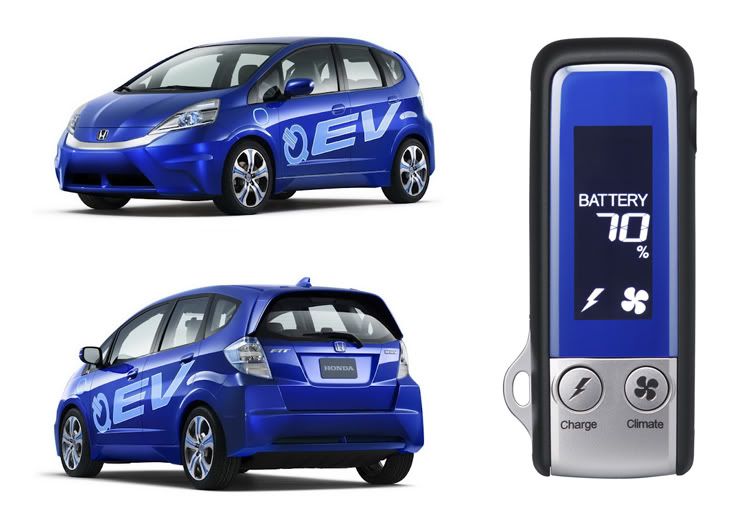The New Sustainable Office Environment
By Martin Leggett
While the ultimate environmentally sustainable office may well be the
home office – at least until the workforce ceases to commute in
gasoline-powered vehicles – truly sustainable offices are no longer the
preserve of futurists. Sustainable buildings are seen as flag bearers for
corporate social responsibility and increasingly adorn the modern city. And
sustainability is no longer an afterthought – it is worked in from the ground
up, with the designer's blueprints reaching out to encompass the whole
ecosystem supporting their architectural flights of fantasy.
'Most sustainable office' in Netherlands
A case in point is the Bussumse Watertoren, which earned the accolade of
'most sustainable office building in the Netherlands' in 2011. It is a radical
re-imagining of an abandoned water tower in the town of Bussum, where the needs
of its occupants – heat, light, air and water – are met on-site in an
environmentally-sensitive fashion.
That has led to the 4,400 m2 office-cum-tower to be given one
of the highest GreenCalc ratings in Europe. As the buildings chief architect, Bob
Custers, told Circles of
Architects, “We aimed
for 800 points on the Environment-Index-Building; we ultimately got 1,028.
Every aspect of sustainability was considered in this project.”
Energy built-in
Energy consumption is the biggest burden that office buildings place on
our finite resources; and that is where the most design effort was expended.
Solar panels were added to the green-clad roof, a wind turbine installed atop
the water tower, and a biofuel-fired combined-heat-and-power (CHP) plant placed
at its heart. This multi-pronged approach met (and exceeded) all of the building's
power needs – giving it a much-vaunted 'CO2-neutral' tag.
The bio-CHP plant is particularly innovative. It is fed by
locally-sourced waste oils, and so happily avoids competition for scant land
with food-producing crops. It is also integrated with a heat-and-cold storage
system (HCS). That uses the ground to cool the air in periods of heat, and
provides a source of warmth during cold snaps, assisting in the building's
air-conditioning.
From water to waste to water
The drive for a zero eco-footprint doesn't stop at HVAC, though. It
extends to include a full recycling of waste-water, placing the building's draw
on the water mains at an absolute minimum.
And the innovative technology driving that waste-water system?
A specially-constructed wetland which receives all of the effluence from
the Bussumse Watertoren occupants. The helophytes – bulrushes and reeds – that
grow in the wetland are very efficient at filtering out waste. Once purified,
the water is stored in a reservoir, and returned to the building, to flush
through its toilets once again.
Squaring the sustainability circle
Inside the Bussumse Watertoren, the workers adopt more obvious
eco-friendly measures;
double-sided photo-copying, energy efficient devices, and the ubiquitous
deployment of LED lights. Even the carpets they walk on subscribe to full-life
cycle concepts, being sourced responsibly and recycled at the end of their
life. And the sustainability emphasis reaches outside the office too – car
drivers are encouraged to adopt A-rated fuel efficient, or electric, vehicles.
Sustainability, it seems, isn't a concept that can be left at the gate, when leaving the office car port, either.
Martin is a freelance writer from the UK, who specializes in writing on the strategic impact of environmental issues. After a 10-year sojourn as an analyst at Brady plc – a Cambridge-based provider of services to commodity investment banking professionals – Martin set himself up as self-employed writer at the beginning of 2010. Since then he has written for a number of environmental websites and companies, and has been one of the principle journalists for green news website, The Earth Times






